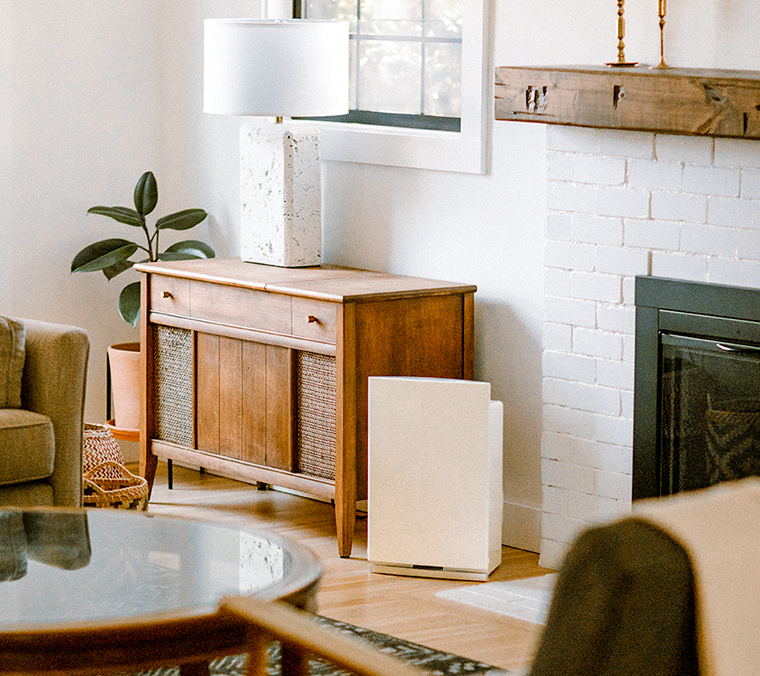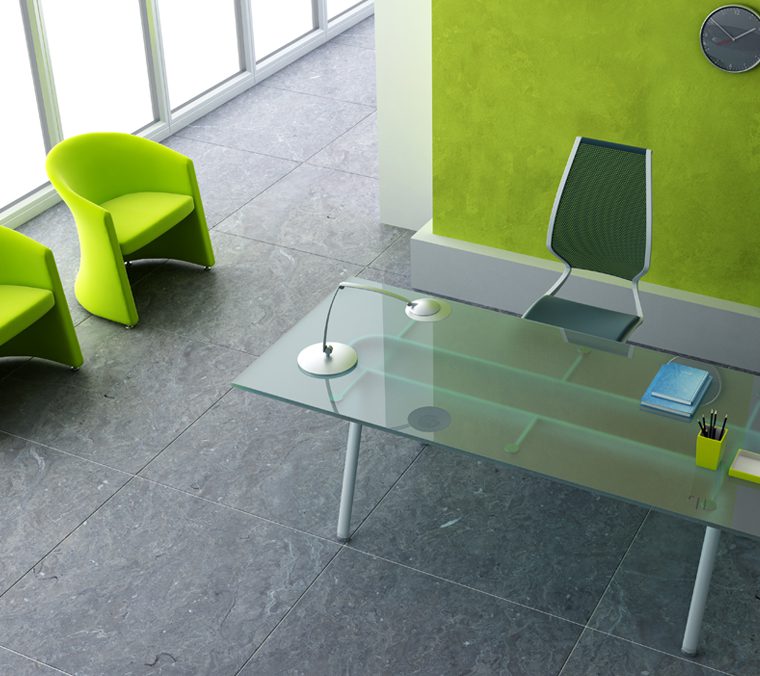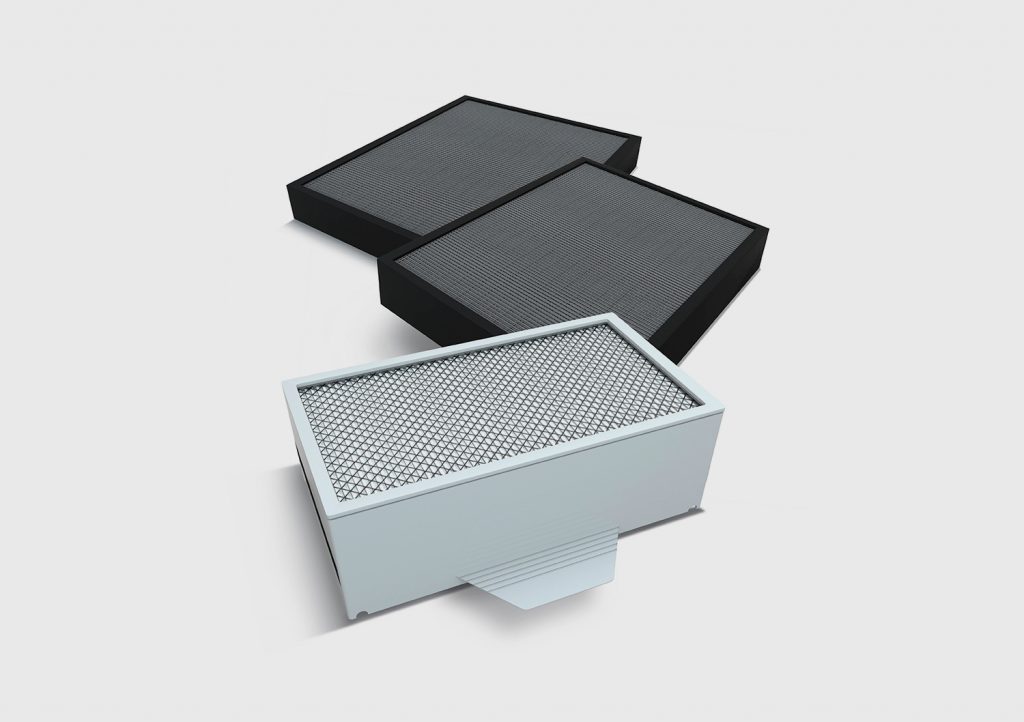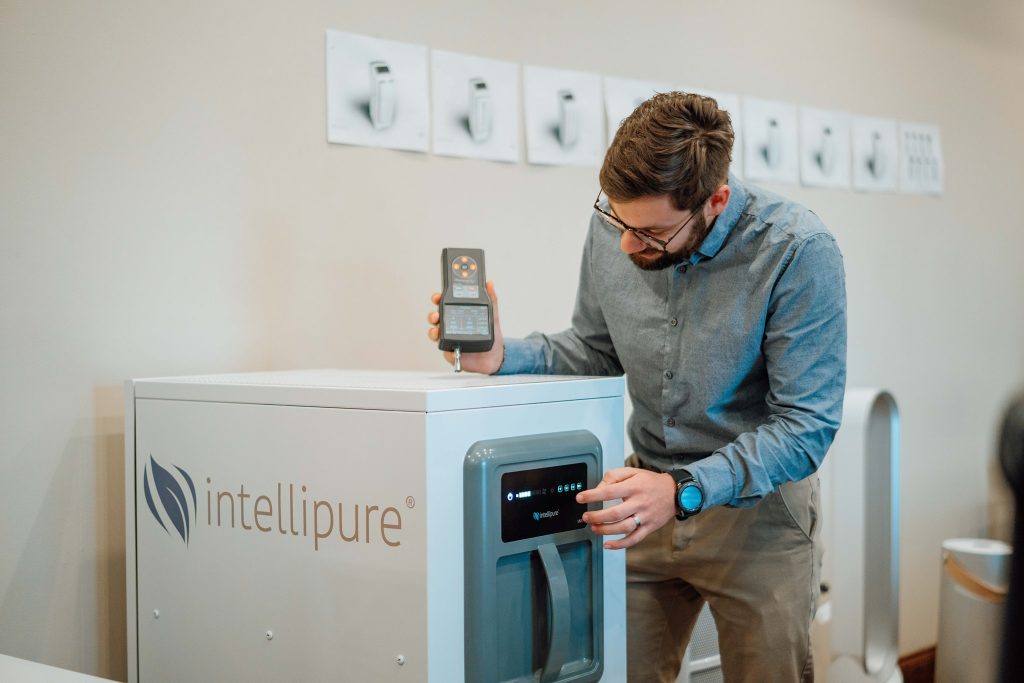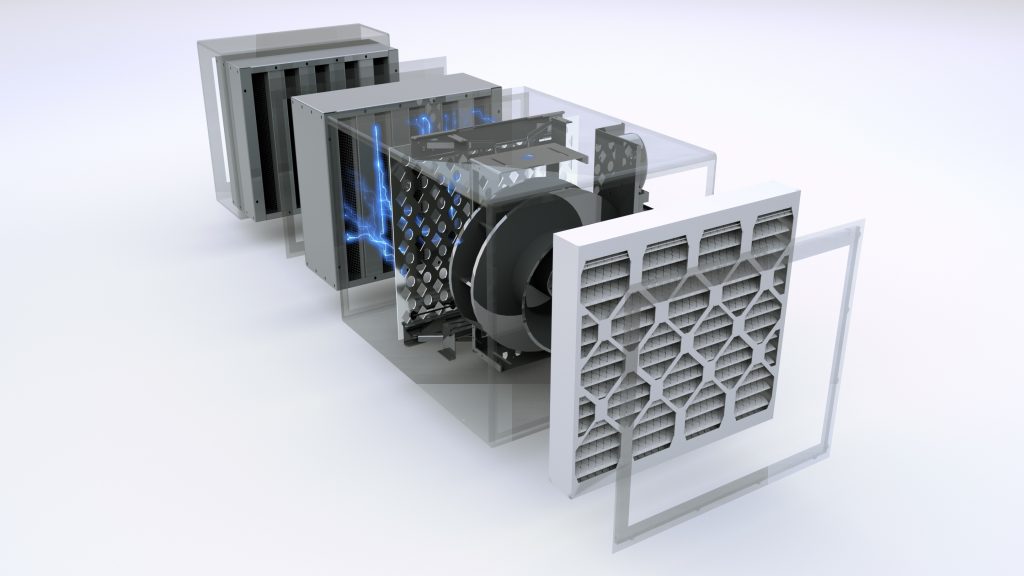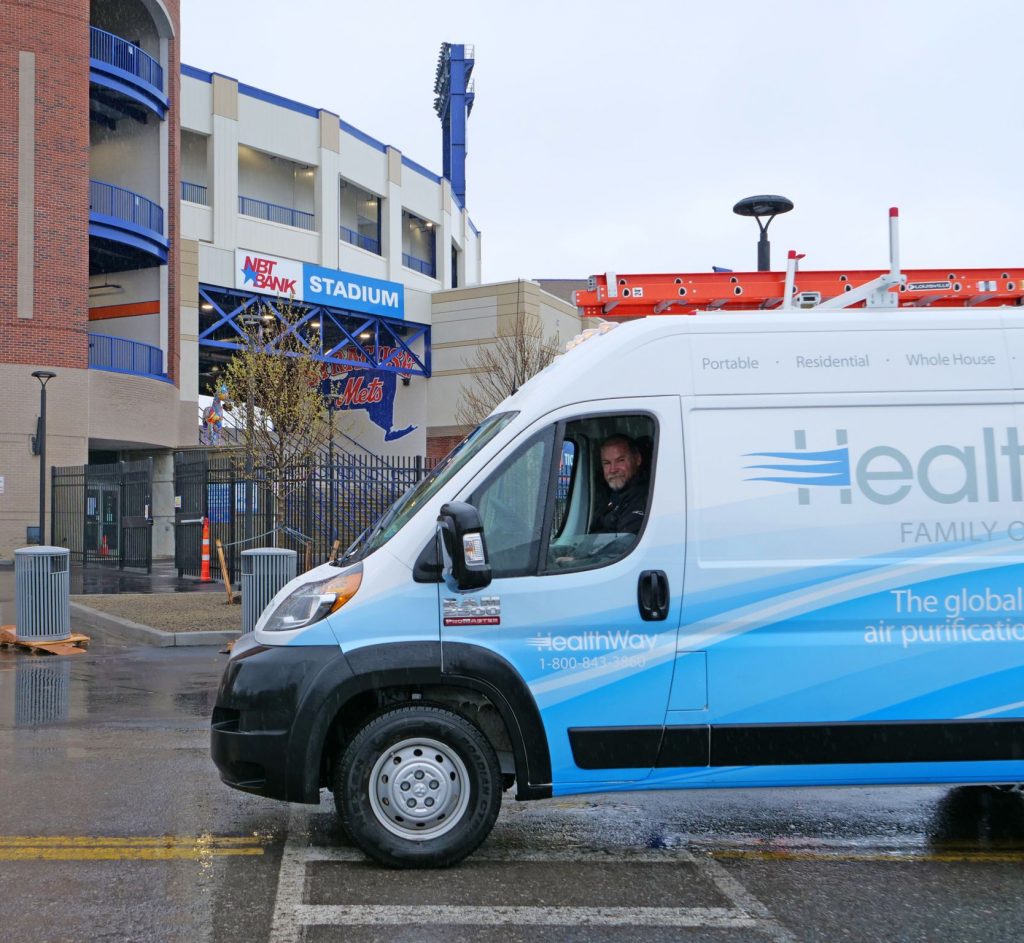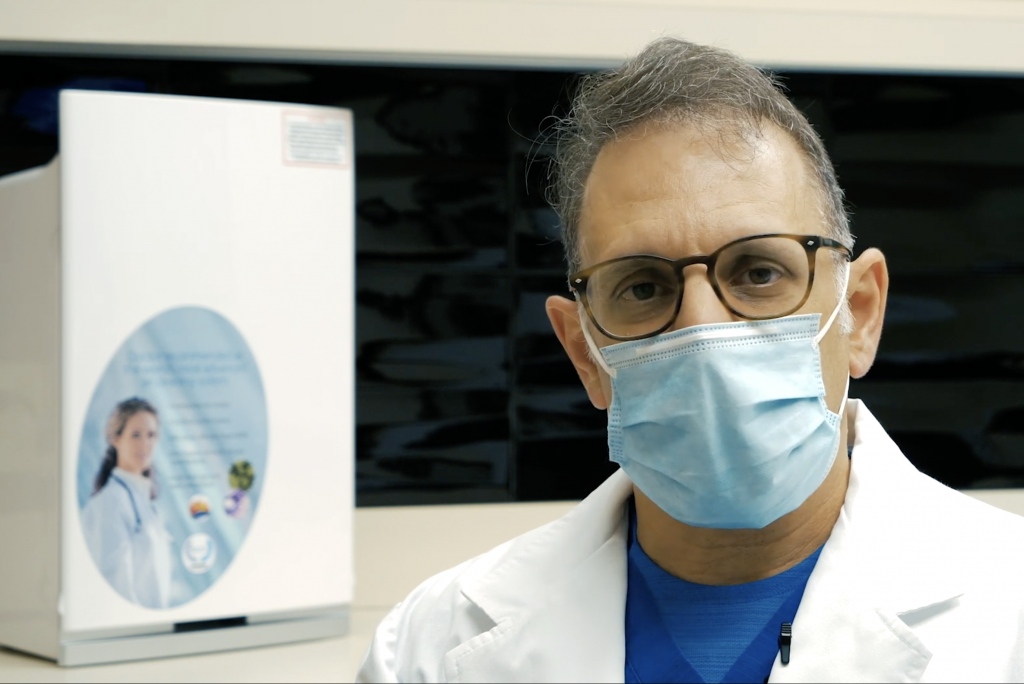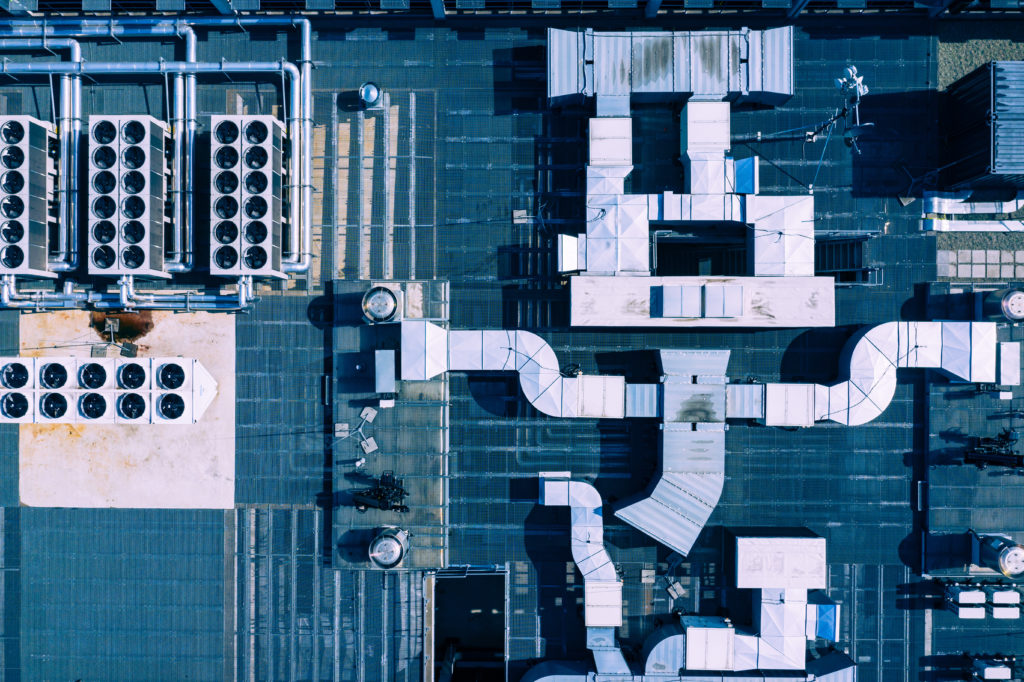Indoor Air Quality and Earth Day 2023
Indoor Air Quality and Earth Day 2023
Earth Day 2023 and indoor air quality are more connected than you may think. The push for better IAQ comes with a dark side: the energy requirement. But, there’s a solution and it’s planet-centric.
We’ve heard a lot about air quality lately. News articles, government officials, policymakers, and institutions are rightfully pushing for better filtration and standardization. The movement has increased awareness and brought much-needed attention to the air-cleaning industry. As a result, building operators and homeowners are looking to upgrade or augment HVAC systems to try and meet the new normal – an approach that will undoubtedly make an impact on indoor air quality and reduce the transmissibility of the next airborne concern.
One big step forward for public health, unfortunately, could result in a step backward for planet earth.
Table of Contents
1. The Conversation No One Wants to Have
2. How We’re Solving the IAQ vs. Environment Crisis
3. HealthWay® Earth Day 2023 Facts
4. Earth Saving Impact (Carbon Reduction)
5. Our Solutions in Action
The Conversation No One Wants to Have
To filter our indoor air and create healthy homes and buildings we need electricity . Electricity allows HVAC systems, in most buildings, to push warm or cool filtered air throughout the rooms and floors. Historically speaking, as you increase the efficiency of a filter, you also increase the electricity required to power the system.
In the most simple terms, this is due to the density of the filter – it is easier to push air through a screen door than it is to push through a brick wall. As the density or efficacy of the filter increases – so does the energy requirement (see above). Fortunately for the planet, that changes withHealthWay®.
How We’re Solving the IAQ vs. Environment Crisis
Providing indoor air quality solutions has been the “life work” of our founders and team to date. For years, our focus has been on the what of air purification – we create true, meaningful solutions, that solve complex indoor air quality issues. From homes to hospitals, we’ve built air-cleaning systems for nearly any environment.
Our solutions are known for their efficacy, but they are not as well known for their efficiency. For many years, it was commonly thought that to improve indoor air quality, you must also increase pressure drop and thus incur the added expense of energy. However, with HealthWay’s patented DFS Technology, we can help customers achieve near HEPA filtration with half the pressure drop.
Going forward, we’ll be sharing how we are utilizing this game-changing technology to reduce energy use and lower the carbon footprint with our customers around the globe. After all, this environmental impact helps us to further our mission past Earth Day 2023 and into the future as we help to make the world a better, safer place.
HealthWay® Earth Day 2023 Facts
 Metric Ton Illustration | Carbon Visuals
Metric Ton Illustration | Carbon Visuals
Earth Saving Impact (Carbon Reduction)
We set out to provide an air-cleaning solution that would make an impact. DFS, a proprietary technology utilized throughout our solutions is applied in large HVAC projects. The results are earth-shattering – for every 2000 CFM in-line air purification solution we install, we’re saving an average of 0.32 metric tons of CO2e for our clients per year and over $100 in operating costs.
For each project, we’re installing anywhere from 1 to 25 modules per air handling unit to meet the needs of our clients. As we evolve our air cleaning solutions, we’re going to continue to uncover “Earth Savings” – the real measure of our solutions and the positive impact they have on the environment.
 Three 2000IL In-Line Modules | HealthWay®
Three 2000IL In-Line Modules | HealthWay®
Our Solutions in Action
Recently, a New York City multinational bank approached HealthWay® for a solution. Between outdoor pollution caused by city emissions and indoor viruses and bacteria, there was a fair amount of concern. The client was focused on a few major outcomes – enhance workplace safety for employees and visitors by improving indoor air quality, find a solution that could limit energy usage, and allow them to reduce their carbon footprint. Finally, they wanted to reduce operating costs and choose a solution that could be applied across their portfolio.
The client employed dozens of AHUs throughout a high-rise building in New York City. Each AHU was outfitted with a similar style MERV 15 filter array. The current mechanisms supplied filtered air to occupants throughout the building. As conventional wisdom in air filtration goes, better IAQ incurs higher pressure drop and the challenge for us to retrofit with alternatives that significantly improved the air quality with lower pressure drop. Read the Full Story
Ready to improve IAQ and save the world?
For Earth Day 2022, we’re proud to share the impact we are making on the environment. Our solutions, when implemented properly will not only reduce the carbon footprint of air filtration but will make a substantial improvement in the well-being of our buildings and the people that occupy them.
Related Insights
view all
Leading Hospitality Group Partners with HealthWay® to Provide Clean Air in Hotels
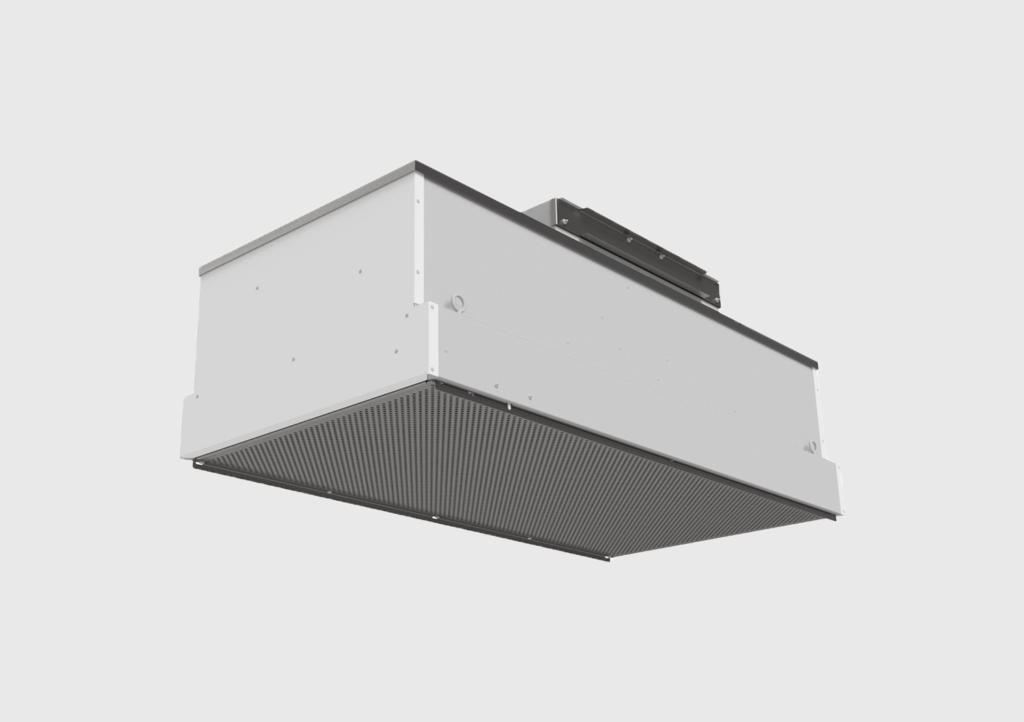
HealthWay® Introduces Energy Efficienct DFS Powered Fan Filter Unit (FFU)



